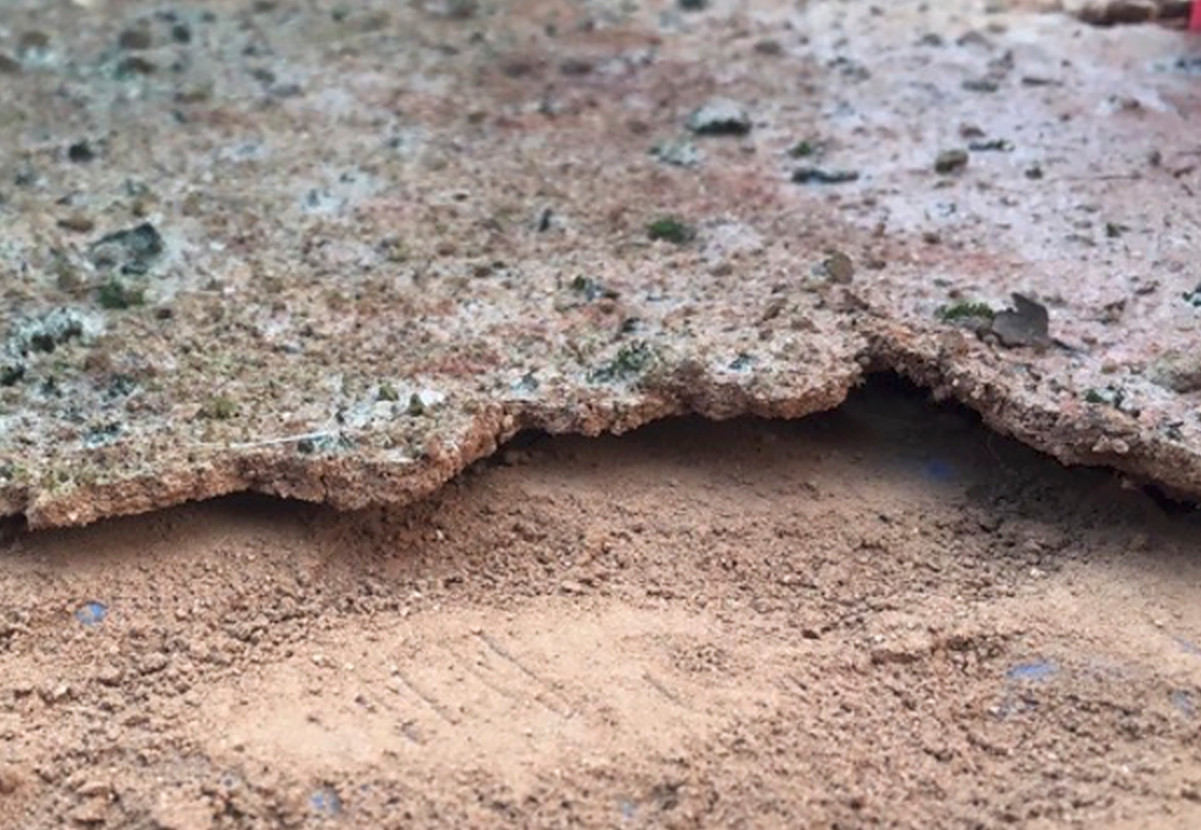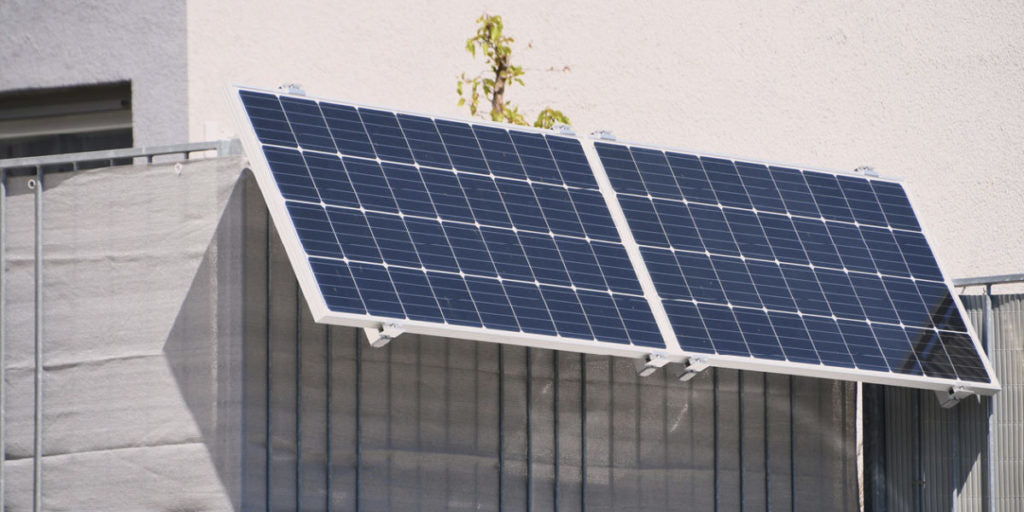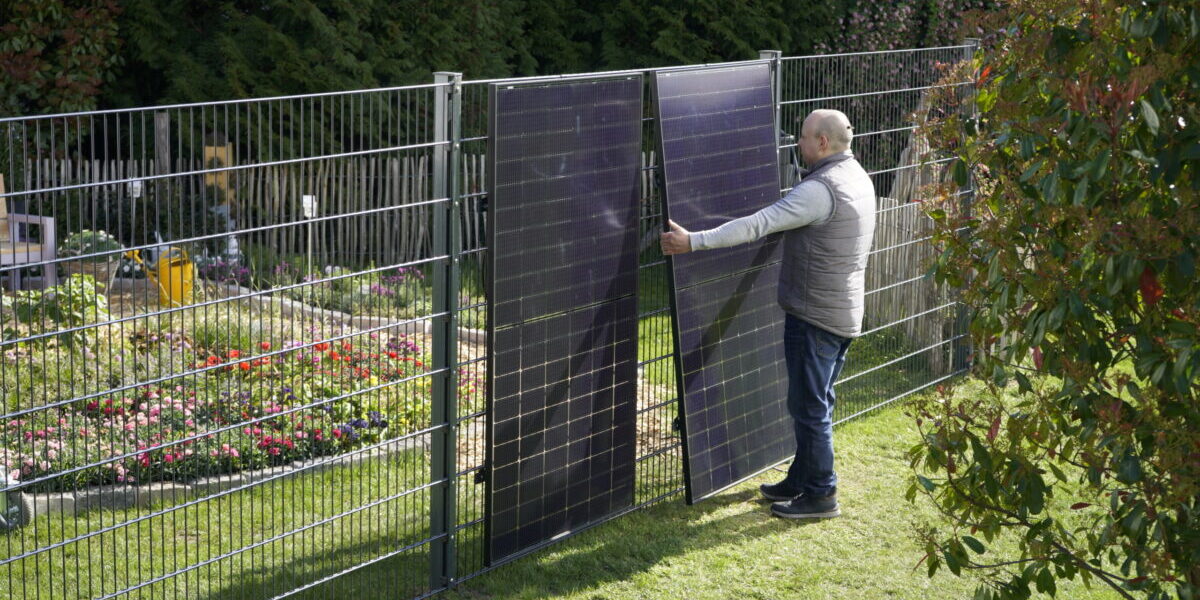https://www.pv-magazine.com/2023/04/26/solar-can-promote-biocrust-formation-in-deserts/
Solar can promote biocrust formation in deserts

Biocrusts are newly studied complex ecosystems.
Image: Arizona State University
From pv magazine USA
Soil is more than just dirt; it contains many nutrients and microorganisms that maintain the foundation of an ecosystem. In arid and semi-arid climes, soils have biocrusts, which are communities of living organisms that perform important functions in ecosystem management.
Cyanobacteria, green algae, fungi, lichens, and mosses form biocrusts, which create a thin layer on the surface of soils in deserts and other dry biomes. Drylands cover about 40% of the continental Earth.
Human activity, including agriculture, urbanization, and off-road vehicle use, degrades dryland biocrusts, harming these fragile environments. Biocrusts are also pressured by climate change, as increased heat makes it difficult for the microorganisms to survive.
Arizona State University (ASU) professor Ferran Garcia-Pichel and his research team propose using solar arrays as a solution to excess heat and light, creating a shaded nursery to promote biocrust growth. A report on the subject was published in Nature Sustainability.
Garcia-Pichel said that beneath the panels, biocrust development can be encouraged, and organic materials can be moved to areas where damage has occurred. The ASU team calls the practice “crustivoltaics.”
“This technology can be a game-changer for arid soil restoration,” said Garcia-Pichel. “Crustivoltaics represents a win-win approach for the conservation of arid lands and for the energy industry alike.”
The researchers performed a proof-of-concept experiment in the Sonoran Desert, studying biocrust growth for three years. During the study, the PV array promoted biocrust formation, doubling biocrust total biomass and tripling its coverage area compared to open areas with similar soil characteristics. Natural recovery of harvested biocrusts can take six to eight years to recuperate without intervention, but re-inoculated areas under the solar panels almost fully recovered within one year.
Popular content
The study estimated that adding crustivoltaics to the three largest solar facilities in Maricopa County, Arizona, could aid the rejuvenation of all idle agricultural lands within the county, spanning more than 70,000 hectares. The research group said a small enterprise could accomplish this within five years.
Among the many ecosystem and agricultural benefits, the restoration project could significantly decrease airborne dust that impacts the Phoenix Metropolitan area. The practice could also benefit solar asset owner and operators by reducing soiling on panels and increasing the value of carbon mitigation credits generated by the site.
Garcia-Pichel is a Regents’ Professor in the School of Life Science and the founding director of the Biodesign Center for Fundamental & Applied Microbiomics. Biocrusts offer many ecosystem services, such as stabilizing soil by binding particles together, mitigating topsoil loss from wind and water, and increasing the soil’s water retention, reducing runoff, which can be a problem for some PV plants in arid climates.
Biocrusts also aid nutrient cycling by converting atmospheric nitrogen into ammonia for use by plants. They also perform photosynthetic activities, removing carbon dioxide from the atmosphere. They also contribute to overall ecosystem biodiversity and resilience.
While biocrust development can be done more rapidly in a greenhouse, the technique requires fewer resources, minimal management, and no upfront investment. The team modeled that the crustivoltaics method is less expensive by four orders of magnitude than conventional greenhouse methods.
The next step for Garcia-Pichel and his team is to implement the practice at regional scales through the coordination of scientists, collaborative agencies, land users, and managers.
“For the first time reaching regional scales at our fingertips, and we could not be more excited,” said Garcia-Pichel.
This content is protected by copyright and may not be reused. If you want to cooperate with us and would like to reuse some of our content, please contact: editors@pv-magazine.com.




